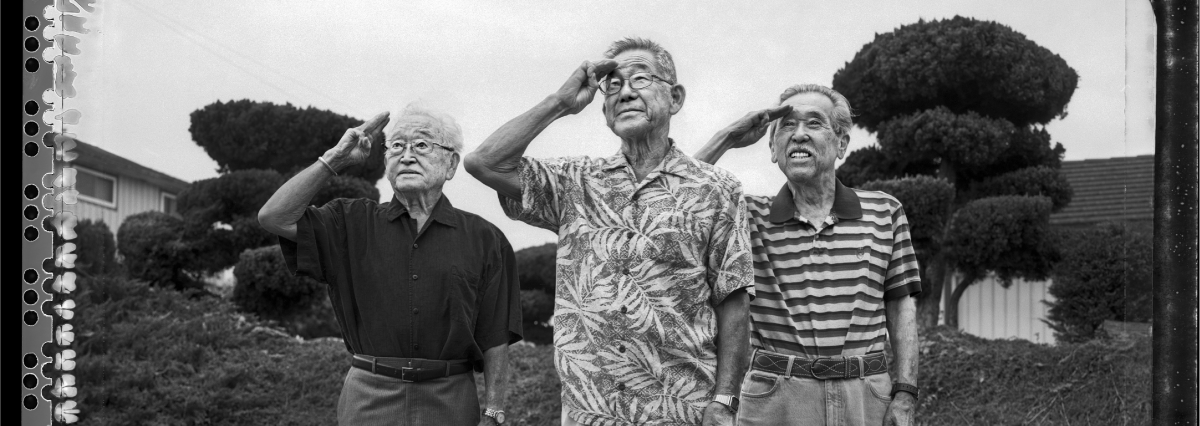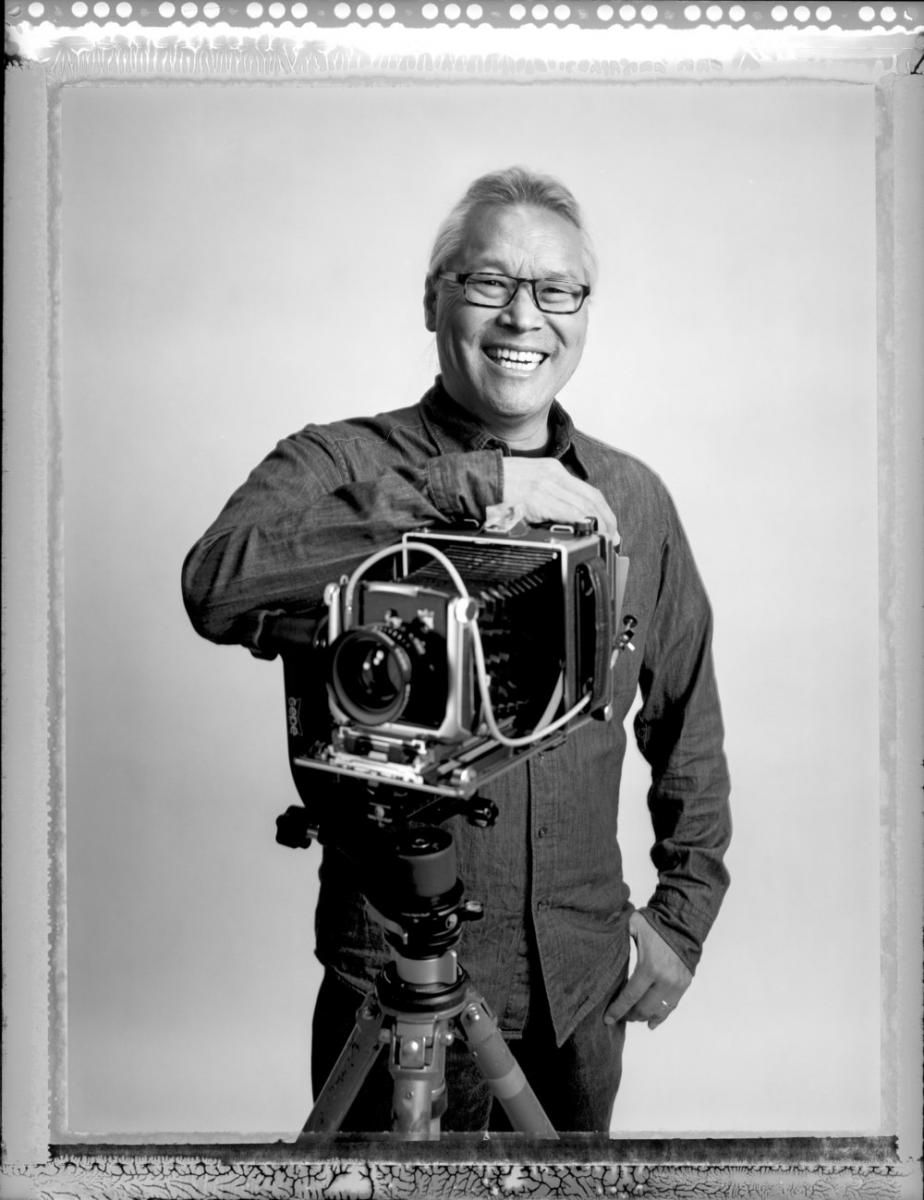

Paul Kitagaki Jr.
Photographer and videographer Paul Kitagaki Jr. has traveled the world covering natural and human-caused disasters—documenting the lives of everyday Iraqis living under Saddam Hussein, Mexico City residents digging out of a deadly earthquake, and Asian factory workers laboring for pennies to produce high-end athletic shoes for the U.S. and international athletes competing for gold at eight different Olympic Games.
Kitagaki’s work has been honored with dozens of photo awards, including the Pulitzer Prize, and been nominated for Emmys. He’s been published in news outlets worldwide, including National Geographic, Time, Smithsonian Magazine, Sports Illustrated, Stern, People, Mother Jones, Wall Street Journal, New York Times, Los Angeles Times, and Washington Post, as well as in his home paper, The Sacramento Bee.
To learn more about Paul Kitagaki Jr. and his project, visit kitagakiphoto.com.
Read our interview with Paul Kitagaki Jr. about Gambatte! on Discover Nikkei. READ NOW
Artist Statement
On February 19, 1942, with a frightened nation still reeling from the Japanese attack on Pearl Harbor two months earlier, President Franklin Delano Roosevelt issued Executive Order 9066, which led to the forced removal of almost 120,000 ethnic Japanese to incarceration camps during World War II. Two-thirds of them were native-born American citizens who were given but a few days to settle their financial affairs and report for a forced removal to 10 desolate incarceration camps away from the West Coast.
The order deemed California, Oregon, Washington, and Arizona a military zone and gave the U.S. War Relocation Authority (WRA) jurisdiction over people of Japanese ancestry living in those states.
Even though they had done nothing wrong, many of the Nisei (second-generation Japanese Americans) didn’t talk about their incarceration camp experiences because of the shame and pain they felt. Not only did they want to put the past behind them, they also didn’t want to burden their children with their personal loss.
In the late 1970s, as I started on my path as a photographer, I learned from my uncle, San Francisco artist Nobuo Kitagaki, that Dorothea Lange had photographed my grandparents, father, and aunt in 1942 as they awaited a bus in Oakland, California, to begin their journey into detention. Several years later, while looking through over 900 of Lange’s photographs at the National Archives in Washington DC, I found her original images of my family.
As I examined Lange’s work, I realized that every photograph represented an untold story that was quietly buried in the past. I had many questions and few answers. Most importantly, I wanted to know how Executive Order 9066 forever changed the lives of these internees who unjustly lost their homes, businesses, and, sometimes, their families.
In 2005, I began searching for the identities of Japanese immigrants and Japanese Americans whose images of forced relocation were captured by Lange and the other War Relocation Authority photographers, including Clem Albers, Tom Parker, and Francis Stewart. It’s a complicated and difficult task, as most of the photographs did not identify incarcerated subjects. During the past 13 years, I’ve photographed over 60 of the original subjects, or their direct descendants, living in California, Oregon, Washington, Missouri, Texas, and New Jersey. Recently I’ve located a few more subjects to be photographed.
As each year passes, we are losing the Nisei generation along with their untold stories.
This is an American story told by Americans. Ethnic Japanese Americans were rounded up by Americans, forcibly incarcerated into American prison camps guarded by armed Americans. After WWII ended, they returned to their American communities and, in 1988, Americans formally apologized for the violation of their rights as American citizens.
As President Ronald Reagan signed the Civil Liberties Act of 1988 that apologized and granted reparations to the Japanese Americans who were incarcerated, he said that three things had led to the internment: racism and prejudice, war-time hysteria, and the failure of the political leaders to uphold the Constitution.
Many of the Issei (first generation Japanese-American) and Nisei never shared their stories with their own families. As some of the subjects recounted their experiences, they were overcome with tears and emotion as long-forgotten memories returned. For many, this was the first time for them to publicly speak about what they endured.
I strive to create contemporary images that complement and mirror the original photographs of Lange and her counterparts and that reveal the strength and perseverance of my subjects. My photographs are captured with a 4x5 camera, similar to the format used in the 1940s, using Polaroid black and white film, which produces an instant print and negative, and T-Max 400 sheet film. I have recorded audio and video interviews with my subjects, allowing their faces and voices to reach out and recount in their own words the incarceration experience.
I’m searching for more subjects willing to share their stories with me. And I am looking for a publisher and funding for a book on my project Gambatte! Legacy of an Enduring Spirit so we can share this story.
So that we will all remember—always.
—Paul Kitagaki Jr.
